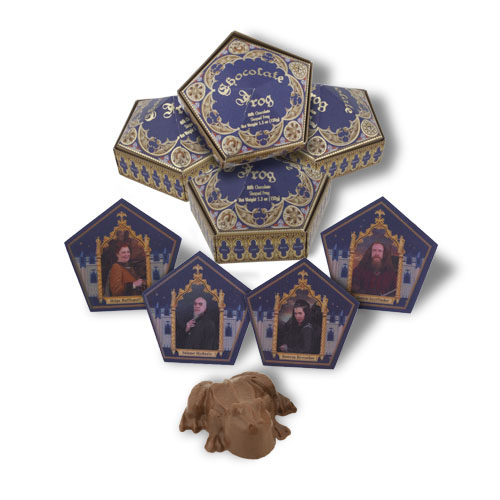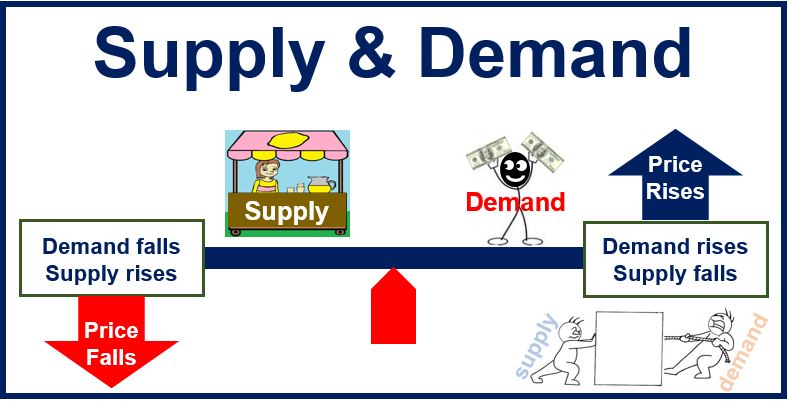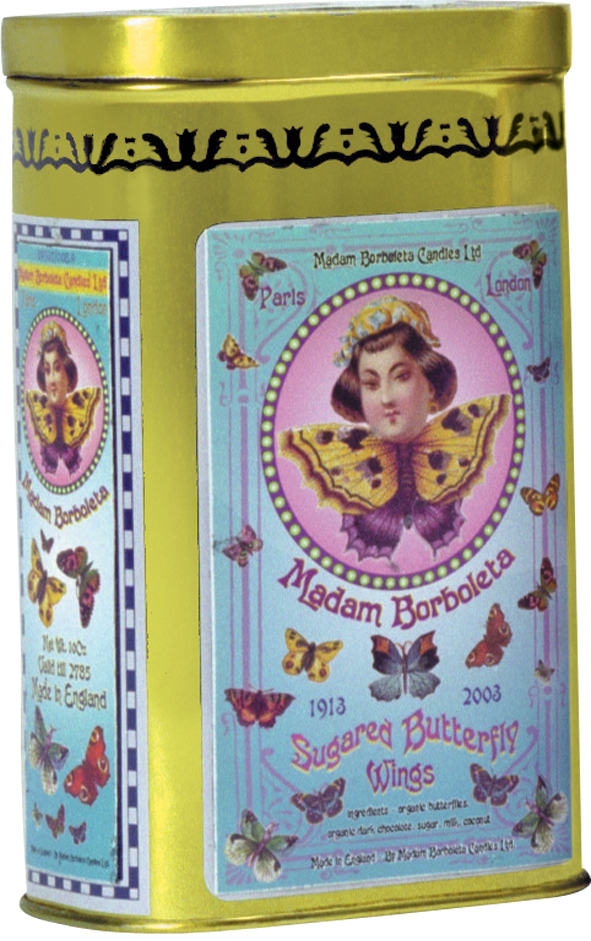Announcements
Welcome to Charms 201!
Please read the following FAQs before joining the class:
When will my assignment be graded?
Charms receives a high volume of assignments submitted each day, and our team is composed entirely of volunteers with real-world obligations. We will not prioritize your assignment over anyone elses. I ask that you be understanding and patient.
If you look in your gradebook, you will be able to see where your assignment is in the grading queue. If you notice that your assignment has not moved at all in the queue after a week, then you may message Professor Laurel or the Head Student, Britini, to look into the issue.
What do I do if I have a question about an assignment?
Please feel free to reach out to any of our PAs with your questions! Just remember: 1. PAs will never give you the answer to a question. They are here to assist you in completing your work; not to do your work for you. 2. If you have any questions or need help, it is always best to ask before you submit your assignment! Keep in mind: Blank answers are an automatic zero; it is better to always try your best!
If you have a question about an assignment that has already been submitted, please send a private owl directly to either the Head Student, Britini, or to Professor Laurel along with your Grade ID for the assignment (this can be found in your gradebook).
If you have any other questions or comments, please do not hesitate to reach out to Professor Laurel or the Head Student, Britini!
Lesson 7) Bewitchment Economics
To recap, we have discussed so far who makes magical items, what they are, and how they are made. We have also touched on where materials can be made or found, but it still leaves us with a few questions. When are magical objects made, and why are they made? These are the questions we will be covering today.
Why Are Magical Objects Made?
This may seem like an obvious question with an obvious answer. Magical items are typically made to make life as a witch or wizard easier. Instead of trying to master the perfect Disillusionment Charm to make yourself invisible, you can purchase an invisibility cloak that requires no magical skill to achieve the same effect. To avoid having to walk or risk an incident while apparating, there are broomsticks. Of course, these are just some examples of things that are rather difficult for most people to make. Surely something like an animated chocolate frog isn’t worth the time or effort, right?

Many products made today exist for the fun factor they provide and take a bit of skill but not much effort to make. Chocolate frogs are created with a simple spell and are given just enough energy to move once their container has been opened. Otherwise they’re just plain, ordinary chocolate. Many joke products work the same way. A decoy detonator, for example, is activated when it hits the ground, causing it to run a distance away and then loudly (but not violently) explode. These types of magical items are relatively cheap to buy because they don’t take much time or effort to make, but are easier to purchase than to try to make yourself.
You could also try to whip up something that worked somewhat like Mrs. Skower’s All-Purpose Magical Mess Remover, but procuring all the ingredients and taking the time to make it isn’t really worth the effort for an individual. The company that produces it, however, has perfected their methods and can do it much more efficiently.
Economics
All of these things revolve around a central concept called economics. Economics is, very basically, producing goods that people want to buy and selling them for a price they will pay. In our examples, very useful but difficult to make goods (like invisibility cloaks) are very expensive, while simple and easy to make things (like chocolate frogs) are very cheap.
There’s also a matter of supply. Chocolate frogs will sell at a certain rate, but if you make too many, you may not be able to sell them all before their spells go bad. Make too few and you won’t make enough money for the effort.
The need for a product is the main reason why witches and wizards go into business or work together to create a company. Typically they have a product that they feel other magical folk will buy, and they are skilled enough to make it well and without mistakes. Almost all bewitchers create items because there’s a profit to be made. Broomstick manufacturers compete to make the newest and best brooms because witches and wizards will pay top dollar for them.
The consumer, the person buying the products, also benefits because they can purchase new and interesting magical items to make their lives easier. Before self-stirring cauldrons were invented, a potioneer might have to spend hours meticulously stirring their potion and hope that they didn’t count wrong and mess up the whole batch, not to mention the physical strain of stirring that long! This is a prime example of supply and demand. Potioneers needed a trusted and reliable way to brew potions with intricate stirring requirements. Therefore, someone created a cauldron capable of fulfilling that need, and both groups benefited from the exchange. The potioneers received something they couldn’t make themselves for a reasonable price, and the cauldron-maker received a profit for their work.
When Are Magical Objects Made?
Economics really answers this question. Magical items are made based upon how much people want them and how expensive they are to make. The company responsible for invisibility cloaks, for example, wouldn’t be able to make new cloaks every day even if the entire Wizarding World could afford them. Collecting enough hair from a Demiguise or taking the time to intricately weave the spells into a cloak are both long and difficult tasks, which is what makes them rare and sought-after. For products like candy, joke items, and other easy-to-produce magical goods, it again comes down to the supply.

When a manufacturer sets a price for their products, a certain number of people are willing to pay that price for the product. Manufacturers have to try to determine the best price to maximize their profits, and then make enough of that item to fill customer demand. To put it simply, a product is made when needed to fulfill the expected demand of the customers.
Of course, that leaves producers entirely at the mercy of their customers, which can be a delicate position to maintain. What if customers decide they don’t really need your product anymore? Or worse, what if they already have everything they need? The solution is simple: choosing a product is less a matter of what customers need, and more a matter of what customers think they need to buy. Thus advertising is born! Simple ads for practical purposes, such as a price list or a location, have been around for thousands of years, with papyrus posters decorating the walls of buildings in Ancient Egypt and Greece, and slogans recorded in a Chinese book of poetry dating back to the 7th century B.C.E. Pictorial ads became important in Medieval Europe, when literacy rates dropped, and it was then that magical advertising really pulled ahead of its Muggle counterpart. Wizards had no trouble conveying information about their wares with talking signage becoming quite popular in wizarding communities. Nevertheless, the Statute of Secrecy still limited expression outside of these communities somewhat, and advertisers of old had to get creative.
Though many witches and wizards living in Muggle communities still performed some mundane services for their neighbors, they employed a host of bewitched items in order to get the word out about their more specialized offerings. Word of mouth was a powerful tool in cities, but when rural populations were spread across miles and miles of countryside, some manufacturers added Protean Charms (a charm which links many objects together to display a message, like the Dumbledore’s Army coins created by Hermione Granger) to their wares so that they could send ads remotely to their previous customers.
As advertising grew with the global economy, manufacturers had to go to greater lengths to ensure that their own product names were seen over their competitors. This resulted in a lawsuit against Prescott Pear’s Pleasant Perfumes for Persnickety People in 1870, when they implemented a strategy for delivering flyers to the various counties they served. Flyers were distributed in batches, 200 at a time, and spread among however many wizarding homes were in the region. Poor Samuel Ayers happened to be the only magical man in his area. He left his home for one month to visit his cousin, and upon returning, found his house had been so heavily inundated with advertisements that they had split the boards in the walls and begun spilling out of the cracks.

In the early 20th century, the popularity of department stores gave rise to slightly more insidious tactics. The Muggle Edward Bernays pushed for the inclusion of psychology in mass marketing, and his influence was not lost on the Wizarding World. Some magical stores began using rather questionable techniques in order to entice customers to the cash register. The now-outlawed Compulsion Form would effectively hypnotize passersby to enter a store when placed on a sign or poster, where the only remaining problem was to get them to buy something. It had long been practice to offer sugared butterfly wings, known to reduce inhibitions when used in potions, as a complimentary snack to customers. Some turned similar ingredients into incense which could be burned, in the hopes that its effects would get customers to spend more money. As technology developed, larger stores began pumping aerosolized Euphoria Elixir into the air, ensuring that shoppers would enjoy their buying experience and wish to return often. This practice was not technically outlawed until 1970.
Advertising is an important way for manufacturers to adjust the demand for their products, but it can be a rather controversial topic when advertisers take advantage of moral grey areas -- particularly when others don’t find the line between right and wrong quite as blurry as some companies claim. We’ll address some of those issues in more detail next week, in our discussion on the ethics of bewitchment.
Homework
This week's assignments include a worksheet on the lesson and a journal assignment to test your understanding of the material. Have fun and I look forward to seeing you all next week!
Image credit: Harry Potter Wiki, Market Business News
- CHRM-101
Enroll
-
Lesson Seven Worksheet
Quiz -
Lesson Seven Journal
Essay
-
Britini
Head Student
-
Jean V. Ollivander
Professor's Assistant
-
Evony Senoj
Professor's Assistant
-
Will Bryce
Professor's Assistant
-
Tulip Karasu
Professor's Assistant


